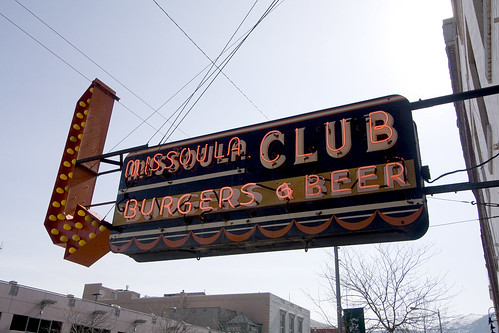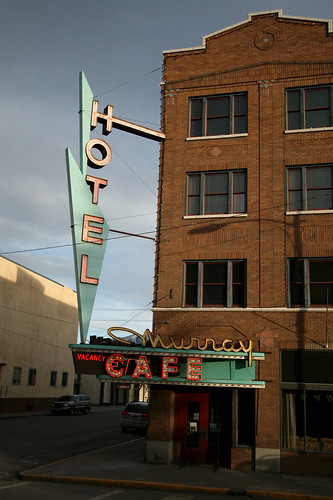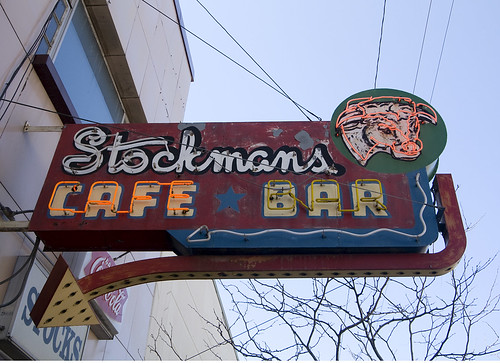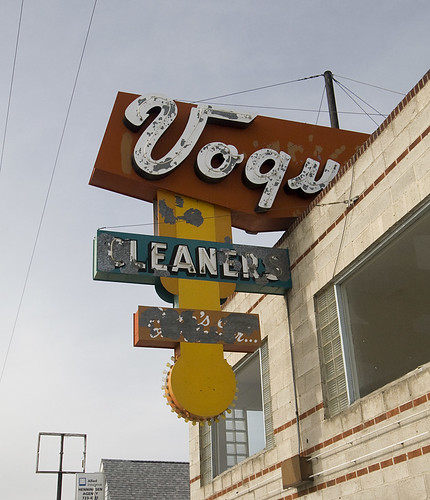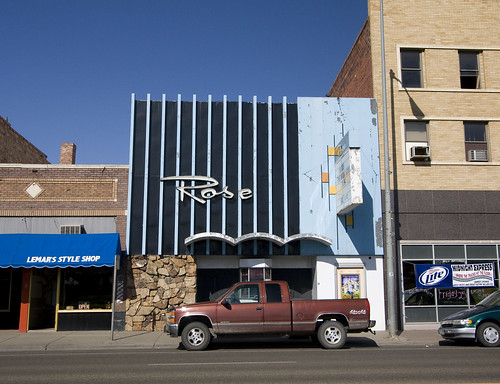Tuesday, 10:56am
6 April 2010
On the road
Scouring Montana for the last roadside signs of America
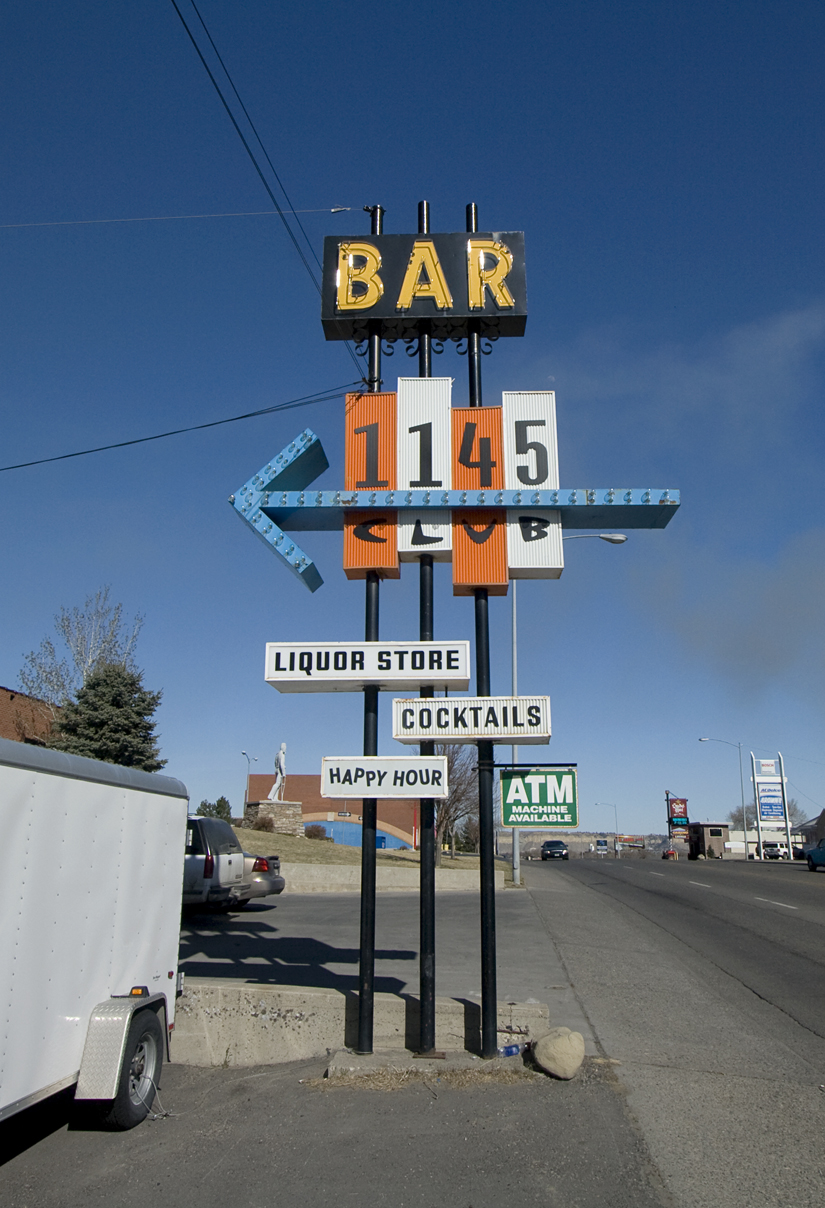
The commercial landscape in the United States is dominated by national brand name stores and their insistence on consistency and predictability, writes Mike Kippenhan. This, coupled with cheaper and faster ways of producing signage, namely the use of printed acrylics and computer generated designs, is making roadside signage in the United States more and more visually homogeneous.
Disappearing from the landscape are the indigenous signs that represent the idiosyncratic composition of the US. Some of the last vestiges of regional and vernacular signage are best observed in the least populated areas.
Tucked in the northwestern quarter of the United States, Montana is best know as the home of Glacier National Park and as the gateway to Yellowstone National Park. Montana itself is the fourth largest state in terms of area, but 44th in population, which means that there is less need to revitalise and/or replace existing structures and signage. As a result, the Montana landscape is covered with unique examples that reflect a variety of design and production processes, from hand-painted to dimensional fiberglass to neon and metal. Using the primary east-west corridor, Interstates 90 and 94 – approximately 1127 km in distance – I informally surveyed the few population centres to create a partial record of the signage in Montana.
See ‘Las Vegas Tangle’ in Eye 56: ‘Hidden away in an unmarked three-acre junkyard in the scruffy southern outskirts of Las Vegas is the Boneyard, an astonishing elephants’ graveyard of more than 60 years of typography from the heart of America’s neon capital. Here in this weed-blown lot lie the discarded carcasses of America’s golden age of signage …’
Eye, the international review of graphic design, is a quarterly journal you can read like a magazine and collect like a book. It’s available from all good design bookshops and at the online Eye shop, where you can order subscriptions, single issues and classic collections of themed back issues.

